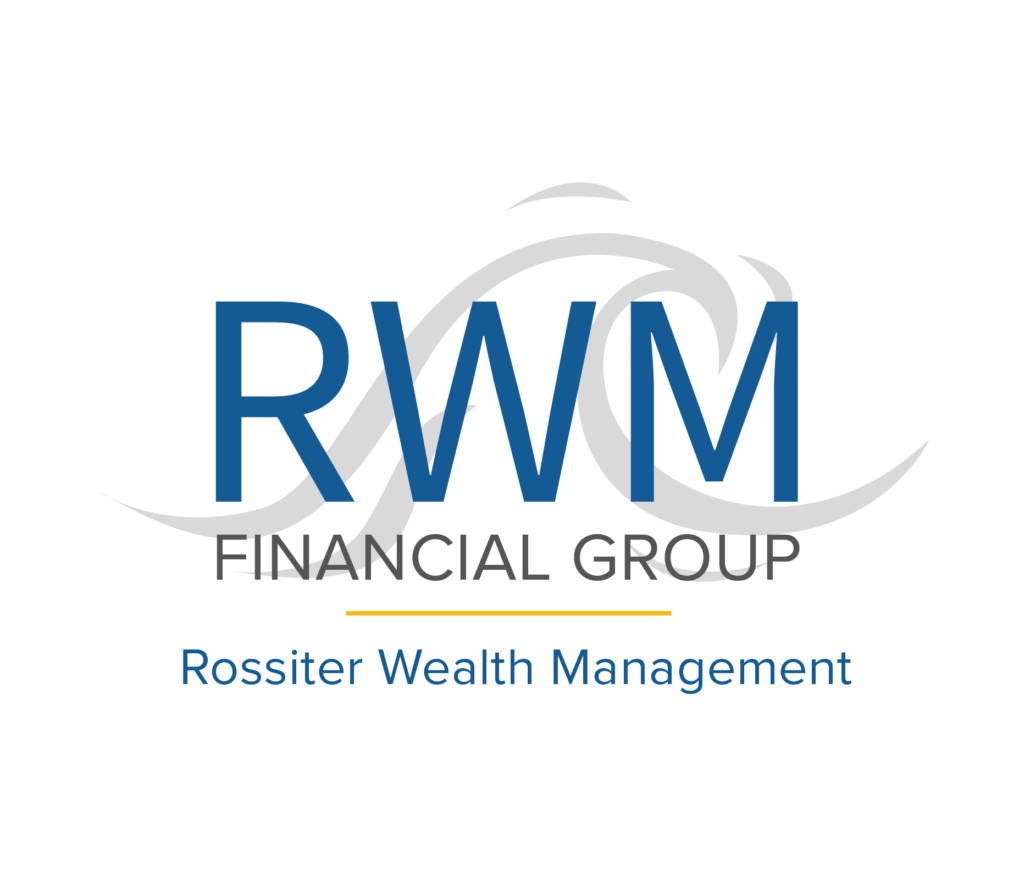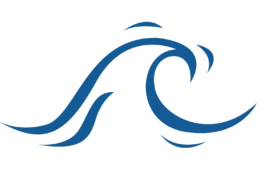Understanding Retirement Savings Plans
If you live in California, you’ve probably heard a lot more about retirement savings in the past year than ever before. That’s because all employers with 5 or more W-2 employees have to offer a retirement savings plan or enroll in the California State-run CalSavers retirement savings program. For many employees, the idea of pulling money out of their paychecks right now with high inflation and soaring gas, rent, and food prices might seem like a terrible idea. So, why should you save for retirement now? The first thing is to understand your options and that starts with answering the question: What do all of these acronyms mean? And what do they mean to you?
A high-level overview of Retirement Savings acronyms
From 401ks to IRAs, Roth and SIMPLE, SEP, and Solo, the number of acronyms used when talking about retirement savings can get overwhelming. As if you don’t have enough to worry about already, you’re expected to be an expert in finance overnight. So, to simplify things, let’s review what the terms mean and why each of these options exists to begin with.
The most popular retirement savings plans are called 401ks because that’s the IRS code for income that they can’t tax.
A 401k is a retirement savings plan that is sponsored by an employer. It helps employees save and invest for their retirement. The money in a 401k investment account grows tax-deferred, meaning you don’t pay taxes on it until you withdraw it when you are retired.
There are two types of 401k plans: Roth and traditional. Roth 401ks are funded with after-tax dollars, so you don’t get a tax break when you contribute but you also don’t pay when you take money out later. Traditional 401ks are funded with pre-tax dollars, so you get a tax break when you contribute, but you’re kicking the can down the road because you will pay taxes later when you take it out.
But wait, there’s more… there are Solo 401ks and Employer-Sponsored 401ks, Profit-sharing 401ks, Safe Harbor 401ks, and SIMPLE 401ks.
Solo 401ks are available for people who are self-employed or own a small business. They work like employer-sponsored 401ks, but with some key differences. As a solopreneur, you are both employer and employee. So, you can contribute to your retirement in both capacities. For 2022, you can contribute up to $61,000 in a year, however, you configure it. (this limit changes but that’s the number for 2022).
Employer-sponsored 401ks are offered by companies as a benefit to employees. Sometimes, employers match a portion of employee contributions, making them an even more attractive way to save for retirement. For example, if you contribute $300/month to your employer-sponsored matching 401k every month, that money is working for you in multiple ways. First, you don’t pay income taxes on it. Second, it’s going into an investment account that is earning interest, so it’s growing for you. And Third, your employer, in this matching scenario, is contributing let’s say $150 to your 401k for you. You’re able to save more without taking as much out of your paycheck every month.
A profit-sharing 401k is a type of 401k that allows employees to share in the profits of their company. Like an employer-sponsored matching 401k, contributions are made by both the employer and employee, and the money is invested in the same way as a regular 401k. The main difference is that employees can receive distributions in cash or stock, depending on how the plan is set up. This can be a great way for employees to feel more invested to their company and have a stake in its success.
A safe harbor 401k provides all eligible plan participants with an employer contribution, everybody gets the same with safe-harbor plans. The advantage to a business owner for being generous and equitable is that safe harbor plans allow businesses to avoid annual IRS nondiscrimination testing. The contributions in a safe-harbor plan are mandatory and hard to adjust later, and vesting (your 401k is 100% yours) is immediate in a safe harbor plan. In many safe harbor plans, employers can choose to “force out” small-balance (<$5,000) participants after they’ve left their jobs. For employers, the costs of maintaining all those small balance plans can be cumbersome with missing participants, uncashed distribution checks, and increased plan costs.
A SIMPLE 401k is a retirement savings plan that is similar to a Simple IRA (keep reading), but it has higher contribution limits. With a Simple 401k, you can contribute up to $56,000 per year (as of 2022), compared to $13,000 for a Simple IRA. Like a Simple IRA, the money in a Simple 401k grows tax-deferred. You don’t pay taxes on it until you withdraw it in retirement.
The main advantage of any 401k is that it offers tax-deferred growth. This means you don’t pay taxes on the money in your account until you withdraw it in retirement. This can be an advantage since your money will have more time to earn interest. When you do withdraw that money, you will likely be in a lower tax bracket than you are in while you are working and contributing to the plan, so you’ll also pay less in taxes at that time than you would if you just earned and paid taxes on that money now.
Speaking of IRAs, let’s review the options available
IRAs come in a lot of “flavors” Traditional IRA, Roth IRA, Simple IRA, SEP IRA
IRA stands for Individual Retirement Account.
Traditional IRAs are tax-deferred retirement accounts in which investors can contribute pre-tax dollars. Investments grow tax-free until withdrawal during retirement, and withdrawals are taxed at the IRA owner’s current income tax rate. There is a contribution limit ($6,000 for 2021 and 2022 for those under age 50, $7,000 for those 50 and older), and required minimum distributions (RMDs) must begin at age 72. qualified withdrawals from a traditional IRA prior to the age of 59.5 years old may result in taxes plus a 10% penalty.
A Roth IRA is set up to use after-tax dollars, which means you pay taxes and then contribute to your Roth IRA. You don’t get a tax benefit when you put the money away, but, the money grows tax-free, and you can withdraw money tax and penalty-free after age 59½ (as long as the account has been open for five years at that time). There are no contribution age restrictions as long as you have qualifying earned income. Also, there are no Required Minimum Distributions (RMDs) so if you have enough money, you can leave your Roth investment in the account into retirement. One last bonus. If you die and pass your Roth IRA to your heirs, their withdrawals will also be tax-free. You’d choose a Roth IRA if you were in a lower tax bracket (making under the limit for a Roth IRA) but you think you’ll be in a higher tax bracket later when you withdraw the money.
A SIMPLE IRA plan (Savings Incentive Match Plan for Employees) Is like an employer-sponsored 401k but well, simpler. SIMPLE IRAs require employers to match employee contributions:
- Up to 3% of your employee’s compensation
- At least 1% for no more than two out of five years
A SIMPLE IRA is easy to set up for an employer and allows the employee to put money away before taxes. So it cannot be combined with a Roth IRA. The contribution limits are lower than other retirement plan options. It is very much like the traditional IRA but with mandatory matching contributions from the employer.
A SEP IRA stands for a simplified employee pension individual retirement account. So you can see why the acronym was a good idea. SEP IRAs use pre-tax money and are for business owners with few to no employees or self-employed people. With a SEP IRA, if you have employees you have to contribute as much to their IRA as you do to your own. We’re all for generosity but with a large team, or even a team of 5, that could get very expensive.
Saving for retirement is so important, your money grows in an investment account and is waiting for you when your income-earning days (mostly) are done. While it can be hard to motivate to put money away during inflationary economic times, consider the benefit long term for you and for your loved ones. If you have questions, please visit our resource center to learn more about financial wellness and some of the steps you can take to reduce financial stress and strain.
This material was created for educational and informational purposes only and is not intended as ERISA, tax, legal or investment advice. If you are seeking investment advice specific to your needs, such advice services must be obtained on your own separate from this educational material.





